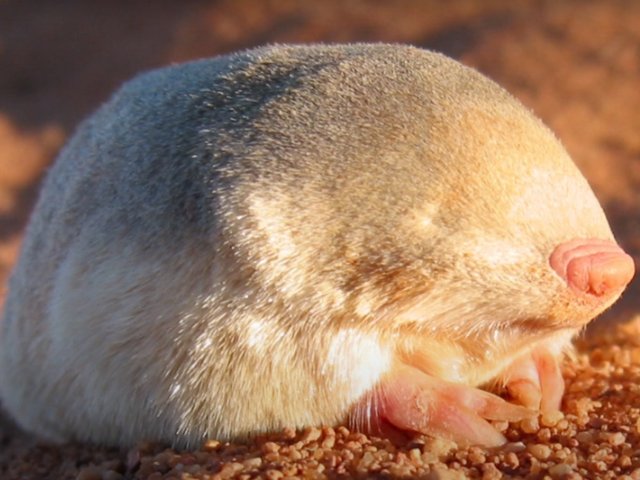
-
Blind Mole With Supersonic Hearing Thought To Be Extinct Since 1936 Found In South Africa
07 Dec 2023 by Tayla in Animals, Conservation, Environment, Nature, Science, South Africa
[imagesource:YouTube / NPR’s Skunk Bear]
In an extraordinary turn of events, the elusive De Winton’s golden mole, believed extinct for nearly 90 years, has been detected in South Africa.
The rediscovered creature is from South Africa and is the 11th of the world’s most wanted lost species to be found since the Search for Lost Species launched in 2017, IOL noted.
The rediscovery of this adorable blind mole with supersonic hearing has challenged perceptions about species survival and brought innovative methods into the light of conservation science.
The mole was found by a team of conservationists and geneticists from the Endangered Wildlife Trust (EWT) and the University of Pretoria using eDNA, a technique that collects skin cells from living creatures as they move through the environment.
Esther Matthew, senior field officer at EWT, said that the “fantastic team [was] full of enthusiasm and innovative ideas”, which is “exactly what you need when you have to survey up to 18 kilometres of dune habitat in a day”.
In June 2021, over 100 soil samples were gathered from beaches and dunes along the northwest coast of South Africa. This included Port Nolloth Beach, the exclusive location where De Winton’s golden mole had previously been identified. They also employed a scent-detecting Border Collie named Jessie to help with the fieldwork. Good girl.
Through an intricate and thorough genetic analysis of each sample found, the research team concluded that there were multiple species of golden mole residing in the sandy areas along this coastal stretch.
You gotta love the dedication to small things. However small, though, these golden moles are pretty cool. EWT said they have extremely sensitive hearing and can detect vibrations from movement above ground, which helps them avoid being seen from the surface. They also rarely leave tunnels behind that are visible from the surface as they move under the sand.
Cobus Theron, senior conservation manager for EWT, said he knew that with the right detection method, the proper timing, and a team passionate about finding it, the mole would show up again.
“Now not only have we solved the riddle, but we have tapped into this eDNA frontier where there is a huge amount of opportunity not only for moles but for other lost or imperilled species.”
He added that stories around conservation are usually all doom and gloom but that this finding proves that there are still plenty of opportunities for change and discovering new species.
I don’t know about you, but I am glad we found this nunu.
[source:iol]
Latest News
-
Game, Seth, Match – Goodbye 2024
Hey Guys - thought I’d just give a quick reach-around and say a big thank you to our rea...
-
Breakfast Of Champions: Hollywoodbets Kenilworth Racecourse Breakfast Gallops Is Back!
[imagesource:CapeRacing] For a unique breakfast experience combining the thrill of hors...
-
Need NYE Plans? Cafe Caprice’s Night Of Enchantment Masquerade Party Could Do The Trick
[imagesource:howler] If you're still stumped about what to do to ring in the new year -...
-
Buckingham Palace Steps In After Staff Christmas Party Spirals Out Of Control
[imagesource:maxandeli/facebook] It's not just in corporate that staff parties get a li...
-
Designer Babies Are Running Into Trouble As Teens, Grappling With Being ‘Experiments’
[imagesource:here] Imagine being born with the weight of your parents’ version of per...
-






























